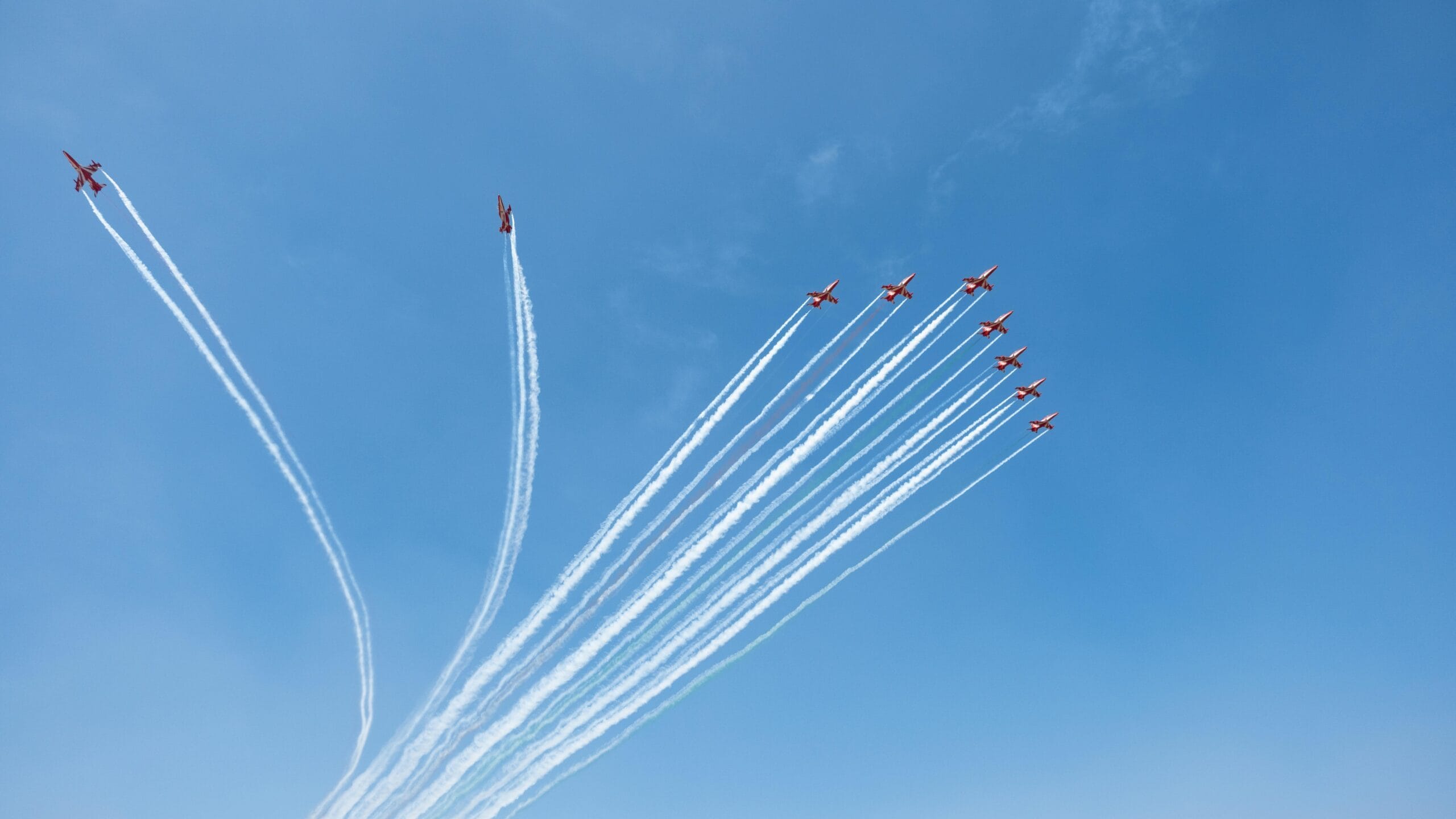
| Focus Global News | May 7, 2025
The India-Pakistan border is once again witnessing rising tensions following a deadly terrorist attack in Jammu and Kashmir. With military strikes, diplomatic fallouts, and heightened security alerts on both sides, the region is facing one of its most serious confrontations in recent years. Here’s a complete breakdown of what’s happening and why the world is watching closely.
🧨 The Trigger: Deadly Terror Attack in Kashmir
On April 22, 2025, a devastating terrorist attack struck Pahalgam in Jammu & Kashmir, claiming the lives of 26 innocent civilians. The attack shook the nation and sparked immediate outrage across India. Security agencies pointed fingers at Pakistan-based militant groups, accusing them of orchestrating the incident.
Pakistan, however, denied any involvement, calling the accusations “baseless and politically motivated.” But for India, the line had been crossed.
🇮🇳 India’s Swift Military Response: Operation Sindoor
India wasted no time in taking action. On the night of May 6, 2025, the Indian government launched a precision missile strike called “Operation Sindoor”, targeting nine suspected terrorist camps in Pakistan and Pakistan-occupied Kashmir (PoK).
Key targets included:
- Muzaffarabad (PoK)
- Bahawalpur (Punjab province, Pakistan)
India described the operation as a “measured, non-aggressive counter-terrorism strike.” Officials claim the targets were exclusively terrorist infrastructure, and no civilian casualties were intended.
However, Pakistan reported the death of one child, injuries to two civilians, and damage to a mosque—a claim that further escalated the diplomatic fallout.
🇵🇰 Pakistan’s Reaction: “Unprovoked Aggression”
Pakistan condemned the strikes, labeling them as “unprovoked and irresponsible.” The Pakistani military said it is prepared to retaliate at a time and place of its choosing. Their air force has been put on high alert, and reports suggest they have already shot down two Indian fighter jets—though India has not confirmed this.
In a stern warning, Pakistan’s Prime Minister stated:
“We will respond in a manner that protects our sovereignty and defends our people.”
🛑 Diplomacy in Crisis: Treaties Suspended, Borders Tightened
As the military drama unfolded, diplomatic ties between the two nuclear-armed neighbors began unraveling.
India has:
- Suspended visa services for Pakistani citizens.
- Expelled Pakistani diplomats from Delhi.
- Frozen the Indus Waters Treaty, a major water-sharing agreement since 1960.
Pakistan has:
- Suspended the 1972 Shimla Agreement, which governs peace protocols.
- Closed its airspace for Indian flights.
- Halted all trade and business ties with India.
These steps mark the worst breakdown in India-Pakistan relations in over five decades.
🌍 Global Community Calls for Calm
The United Nations Security Council has issued an appeal urging both nations to de-escalate tensions and return to dialogue. While international pressure mounts, neither India nor Pakistan has shown any willingness to back down.
Diplomatic observers fear that without immediate efforts to initiate talks, the situation could spiral into full-blown conflict—something the region and the world cannot afford.
⚠️ What Lies Ahead?
With both countries on high alert, fighter jets patrolling borders, and troops mobilizing, the next few days are crucial. The big question is: Will diplomacy win, or will the standoff continue to intensify?
✍️ Final Thoughts
This crisis serves as a stark reminder of how fragile peace is in South Asia. Terror attacks, military retaliation, and diplomatic collapses create a dangerous cycle—one that can have global repercussions if not addressed quickly.
As citizens, staying informed and aware is our first step toward understanding these complex issues. We at Focus Global News will continue to monitor developments and bring you reliable, unbiased updates as the story unfolds.
📢 Stay updated with real-time news, verified facts, and global perspectives only on Focus Global News. Follow us for more insights into South Asia’s most critical developments.





